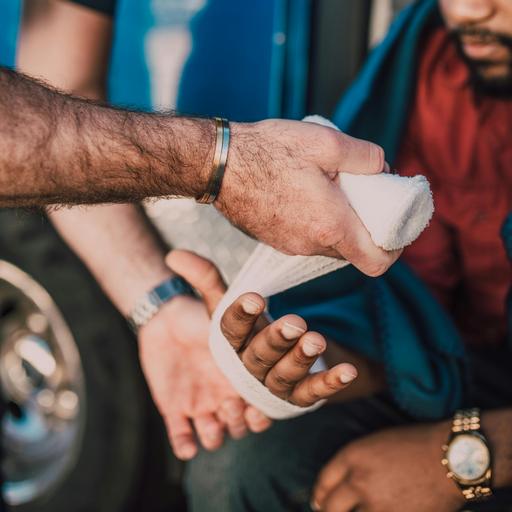Moisturizers For Every Skin Type

I was taught at a very young age the importance of moisturizing after showering. It’s so ingrained in my day to day that I’ve now carried that forward by teaching my four and five year old children to moisturize their faces and bodies after stepping out of the shower as well.
Why is it so important to moisturize? That’s a question I commonly hear in the exam room. Truthfully, the act of showering is very stripping for the skin. The foaming action of soaps and body washes removed much of the natural oils that our skin generates, and needs. This is what make showers “all business, no pleasure” – less than five minutes with mildly warm water is ideal for the skin. When you get out of the shower, it’s important to not towel off all the water. Instead use your moisturizer or lotion to lock some of those beads of water back into your damp skin.
What’s the difference between a moisturizer and a lotion? The difference is how the oil-to-water ratio in the formula is balanced. Moisturizers, such as Illuminate Me by Vaseline Whipped Body Butter are thicker water-in-oil blends. Lotions, such as Vaseline Intensive Care Almond Smooth Lotion, are lighter oil-in-water blends. With that knowledge in mind, here is my Board-certified Dermatologist guidance on how to find the right lotion or moisturizer for your particular skin type.
Which kind of moisturizer does your skin need? The ingredients found in moisturizers fall into three categories: occlusives, humectants and emollients.
Occlusive ingredients are like waterproofing a roof. They form a film that prevents the evaporation of water from the skin’s surface. Commonly found occlusive ingredients include petrolatum, silicone derivatives, lanolin and mineral oil. My favorite occlusive is Vaseline Original Healing Jelly, which helps lock in moisture and strengthen your natural skin barrier, helping heal dry skin.
Humectants are like sponges that soak up water to maintain moisturization. Humectifiers that we all commonly see are glycerin, hyaluronic acid and urea. For those who have dry hands, which is almost everyone these pandemic days, I love Vaseline’s Clinical Care 2-in-1 Hand Sanitizer Lotion. This product has lots of humectifiers like urea and glycerin to moisturize the skin, but the star ingredient is the Benzethonium Chloride which acts as a sanitizing agent. I always keep it in my car, so after a long day at work seeing patients, it’s the first form of self care I do.
Emollients which are usually oil based and find their way into the spaces between skin cells to protect the skin. Dimethicone, jojoba oil and propylene glycol are common compounds that have emollient powers. For those who have sensitive skin that tends to develop allergic reactions, I recommend Vaseline Intensive Care Advanced Repair Lotion. The ingredient call outs in this product include petrolatum, a classic occlusive agent, as well as isopropyl palmitate which is a dry emollient. What makes this product stand out is that it lacks any fragrance which is a very common culprit for allergic contact dermatitis in those with sensitive skin.
Lastly, let’s demystify some of the changes in the skin that happen as we grow up, especially when approaching peri-menopausal and menopausal ages. Starting at the age of 20, the amount of estrogen in the skin starts to slowly decrease, which causes aggressive skin changes in hydration, redness and laxity. Products with the base ingredient of petroleum helps provide occlusion, but another ingredient to look for is niacinamide to help treat discoloration and inflammation in the skin.
You are now armed with the knowledge of what makes up a moisturizer. Head to your local drug store. But when you pull a product off the shelf, take the time to turn that product around and read the ingredient list. Think about what your skin deserves in terms of waterproofing with an occlusive agent or repairing with an emollient. Now, you are a savvier consumer, good luck!
(Photo by BlackPearl Worldwide on Unsplash)


